Snow-dusted fields, flat slabs of gray rock, and a whisper of ash – Liaoning didn’t look like the place that would rewrite the origin story of birds. Yet in the late twentieth century, farmers splitting shale for hearthstones began revealing delicate halos around small dinosaur skeletons: impressions of filaments and feathers that seemed too good to be true. The mystery was simple and seismic – were some dinosaurs truly feathered, and if so, what did that mean for flight, color, and evolution? Scientists swarmed in, digging through volcanic-lake sediments that had frozen moments of life with camera-like precision. What followed wasn’t a single discovery but a cascade – each fossil a new page in a book we didn’t know we were missing.
The Hidden Clues
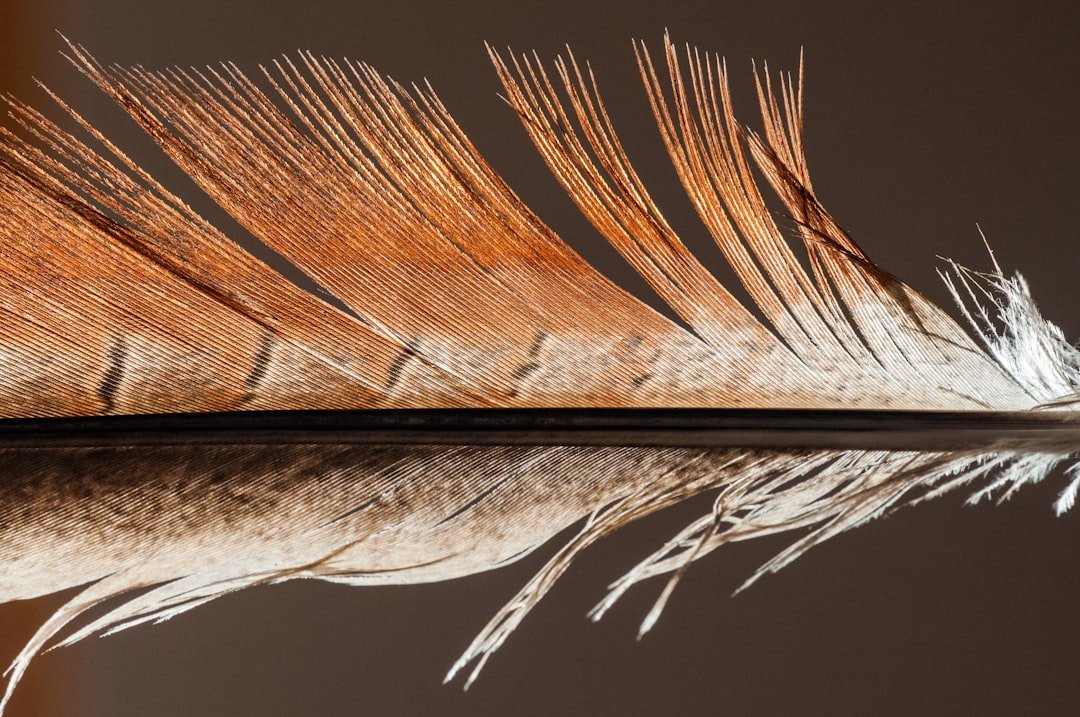
At the heart of Liaoning’s revelations sits the Jehol Biota, preserved in the Yixian and Jiufotang formations, where ash-fall blankets and fine lake mud captured organisms in crisp detail. Small theropod dinosaurs lie with outlines of feathers still framing their limbs and tails, while early birds keep the imprint of flight feathers stiff as combs. Fish bear scales that look wet, insects keep their veins like stained glass, and plants rest with their leaves intact. The effect is startling: an ecosystem paused mid-breath, from canopy to lakebed. When I first stood over a Liaoning slab in a small museum, the bones felt almost secondary to the ghostly soft tissues hugging them.
From Ancient Tools to Modern Science
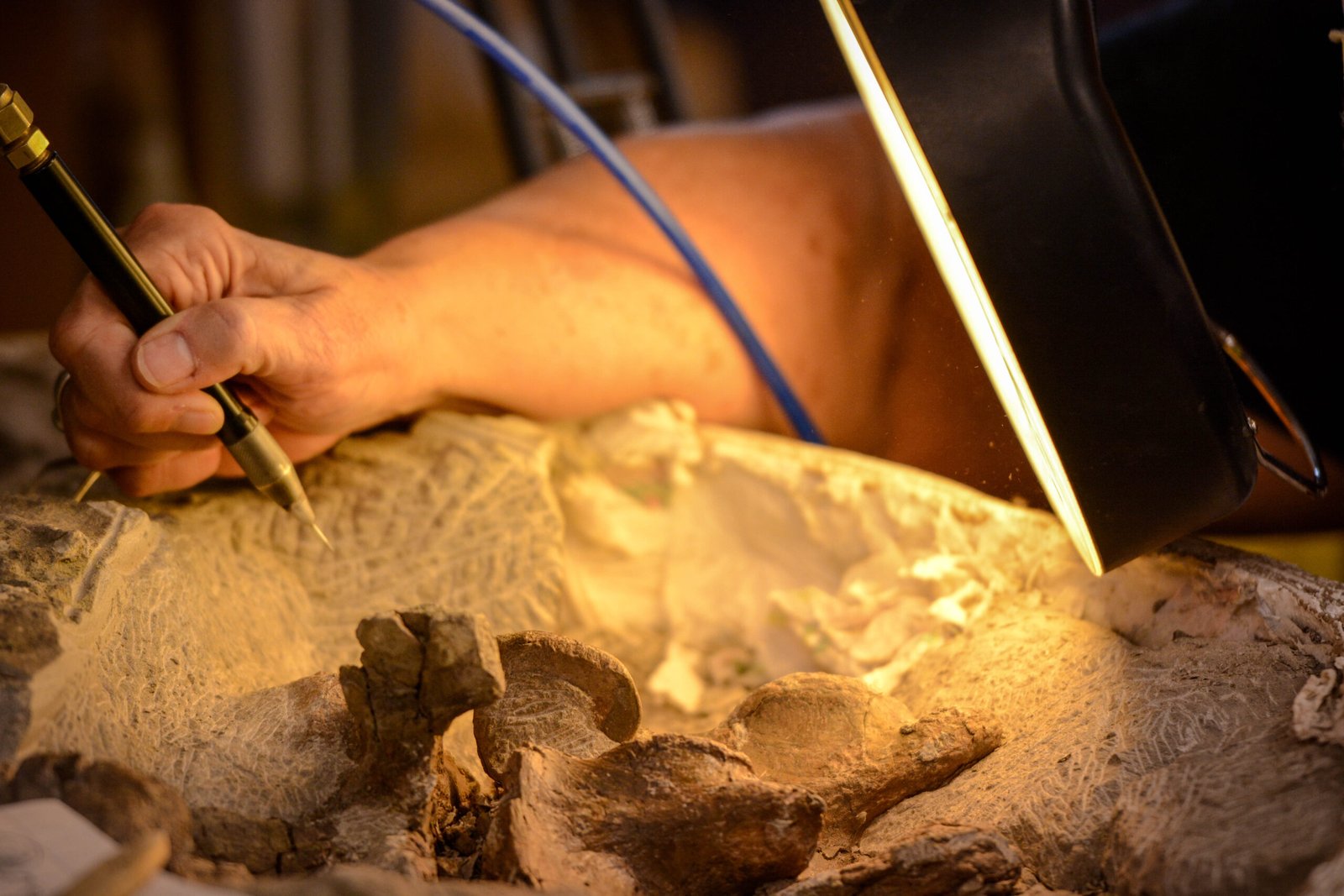
Liaoning’s story began with hands, not high-tech – local farmers using hammers and patience to split stone along natural partings. Those same fossils now move through labs equipped with micro-CT scanners, synchrotron X-ray beamlines, and laser-stimulated fluorescence that coaxes whispers of chemistry from rock. Researchers map pigments, trace soft-tissue microstructures, and even outline the remains of stomach contents with millimetric accuracy. That leap – from fieldwork improvisation to big-science instrumentation – turned isolated wonders into testable data. It’s a rare loop where community discovery and cutting-edge methods reinforce each other, rather than collide.
The Volcanic Lake Ledger

Liaoning’s lakes acted like meticulous accountants, logging everything that drifted into their depths after periodic volcanic bursts. Fine ash fell across forests and wetlands, and the dead – sometimes the living – slid into calm water where low oxygen slowed decay. Microbes, minerals, and time worked together to seal outlines of skin, feathers, and even soft organs in rock as thin as paper. This is what paleontologists call a Lagerstätte, a treasure trove of exceptional preservation that reveals anatomy usually lost to rot and scavengers. Here, context is as important as content: you’re not just seeing a skeleton, you’re seeing how a body wore its cover and moved through its world.
The Jehol Biota’s Web of Life

What makes Liaoning so powerful isn’t one glamorous fossil but the ecosystem assembled across thousands of slabs. Early birds perch alongside non-avian feathered dinosaurs; primitive mammals curl with delicate ear bones; turtles, frogs, dragonflies, and ginkgo leaves crowd the margins. You can sketch food webs with unusual confidence because predator stomachs sometimes hold fish or small birds, and seeds linger where crop-gut met time. Seasonal patterns appear in growth rings and migration hints, recasting these rocks as a living calendar rather than a static diorama. The picture that emerges is a dynamic Cretaceous landscape where feathers weren’t rare ornaments but everyday equipment.
Color, Chemistry, and the Surprise in the Stripes
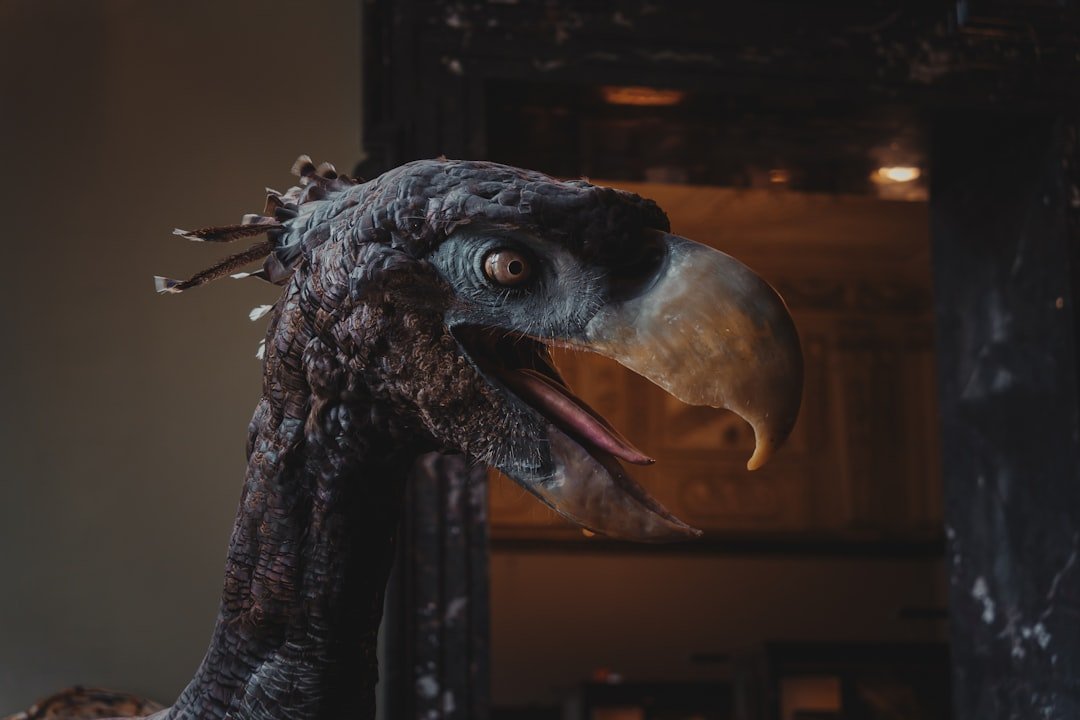
One of Liaoning’s most disarming gifts is color, traced not by paint but by microscopic pigment bodies called melanosomes that survive as carbon-rich residues. Their shapes – rodlike or bloblike – correlate with dark or rusty hues in living birds, letting scientists cautiously infer patterns across fossil feathers. Analyses have proposed banded tails in some small theropods and dark cresting in others, turning grayscale bones into vivid animals that signal, camouflage, or woo. Chemical mapping adds another layer, highlighting keratin remnants and trace metals that ride with pigments, reinforcing the case that we’re looking at biological patterns, not mineral smears. It’s as if the fossils leaned in and said, you imagined us beige, but we were anything but.
What Feathers Reveal About Flight
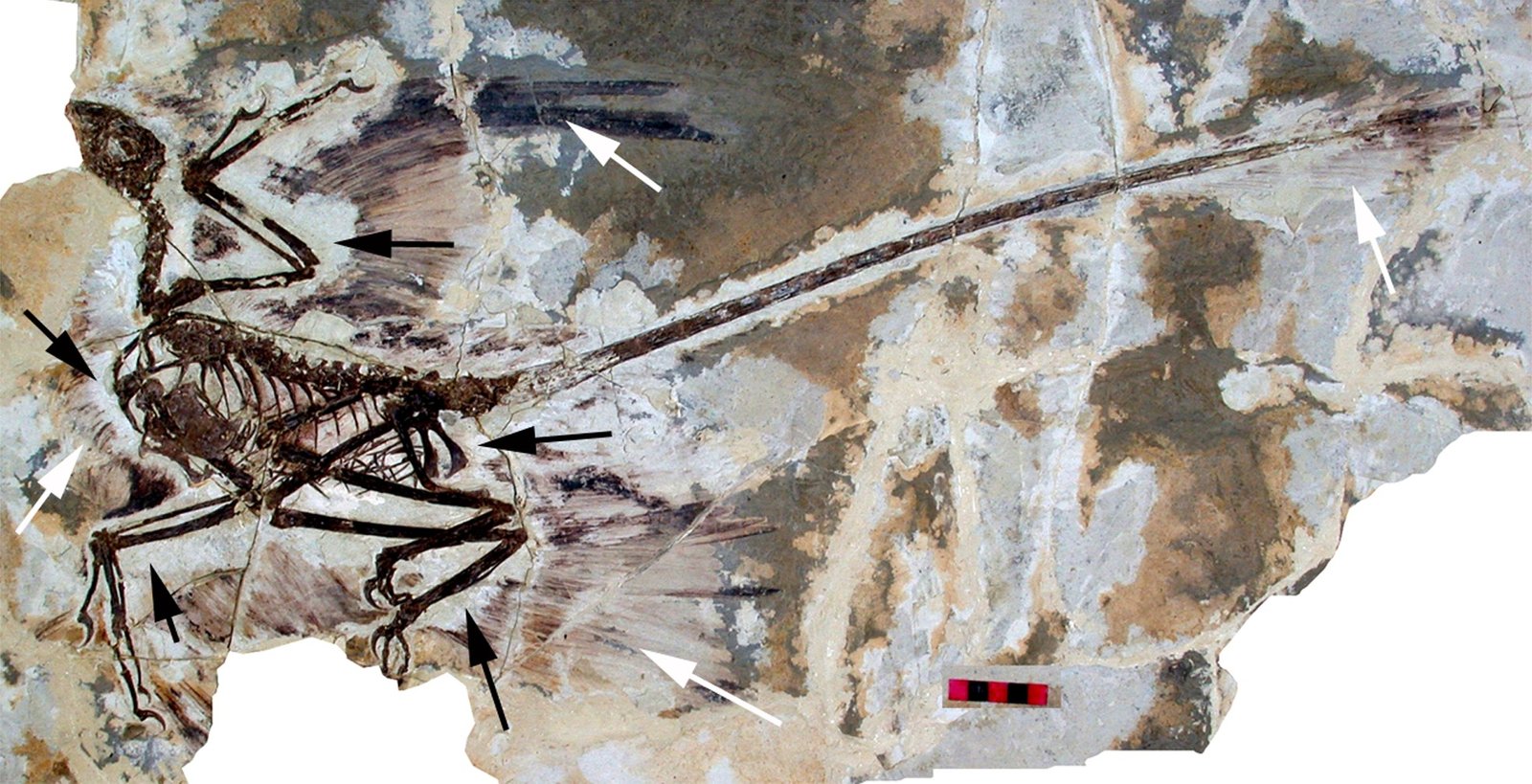
Feathers in Liaoning don’t arrive as a single invention; they span a spectrum from simple filaments to complex vaned structures built for air. Some small dinosaurs carry long feathers on arms and legs, suggesting phases of gliding or controlled descent before powered flight matured. Others show robust, asymmetrical flight feathers – the aerodynamic hallmark of effective wing surfaces – pushing the timeline for flight-ready equipment earlier than many expected. Wing shapes, tail fans, and leg plumage together support a messy, experimental pathway where multiple lineages probed the sky. The takeaway is blunt: flight wasn’t a switch flipped once, but a ladder climbed with hesitant, wing-assisted steps.
Why It Matters
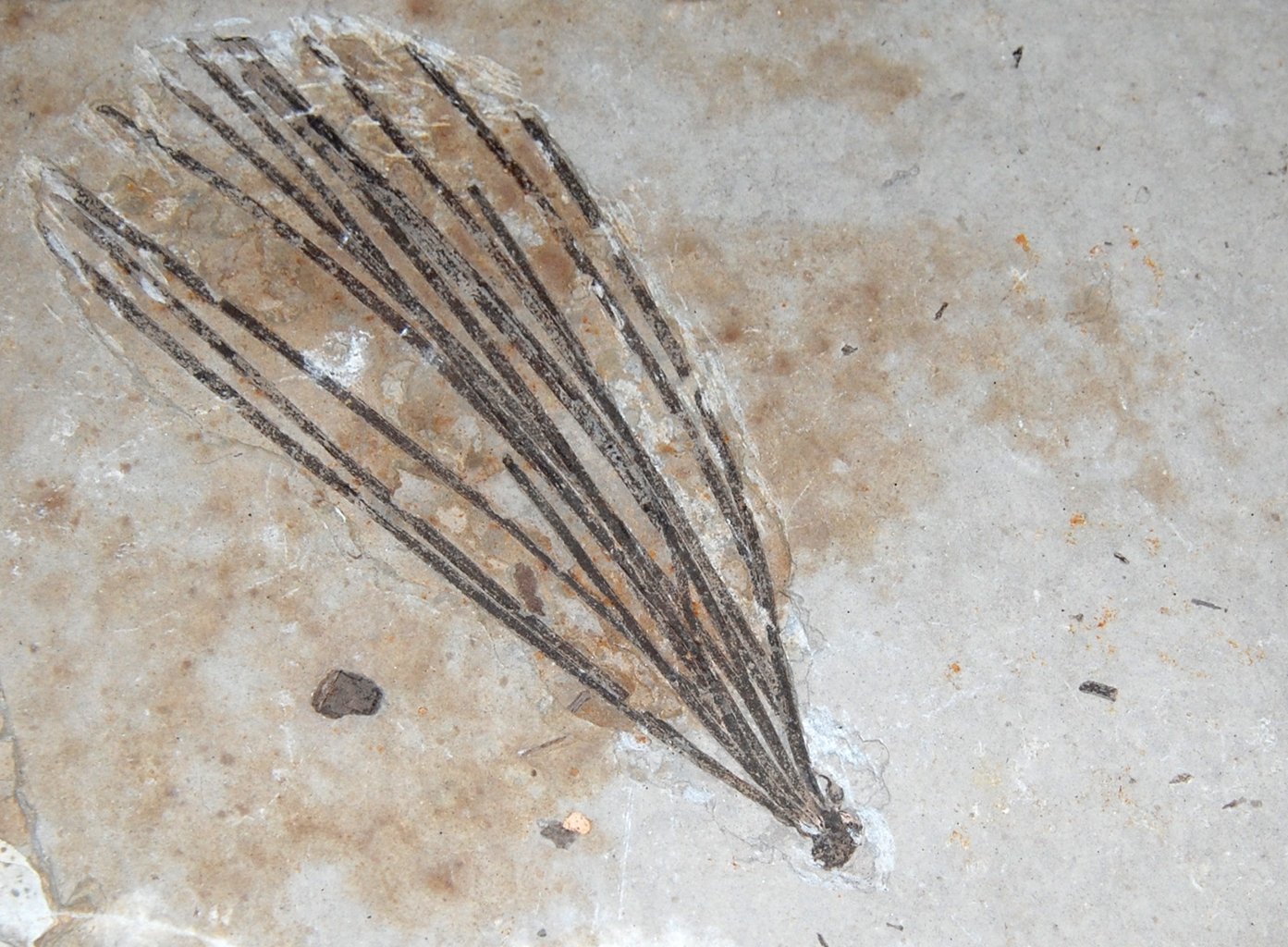
Liaoning recalibrated how we test ideas about evolution by putting soft tissues and behavior proxies on the table alongside bones. Traditional dinosaur studies leaned heavily on skeletal geometry, which is powerful but mute about feathers, color, and skin. Jehol fossils add the missing voice, letting researchers check flight hypotheses against feather architecture, match phylogenies with pigment evolution, and tie ecology to anatomy with gut contents. This richer evidence sharpened the bird–dinosaur connection from a strong suspicion into an everyday reality taught in classrooms worldwide. In practical terms, Liaoning teaches us that extraordinary preservation can overturn entrenched ideas faster than any argument can.
Global Perspectives
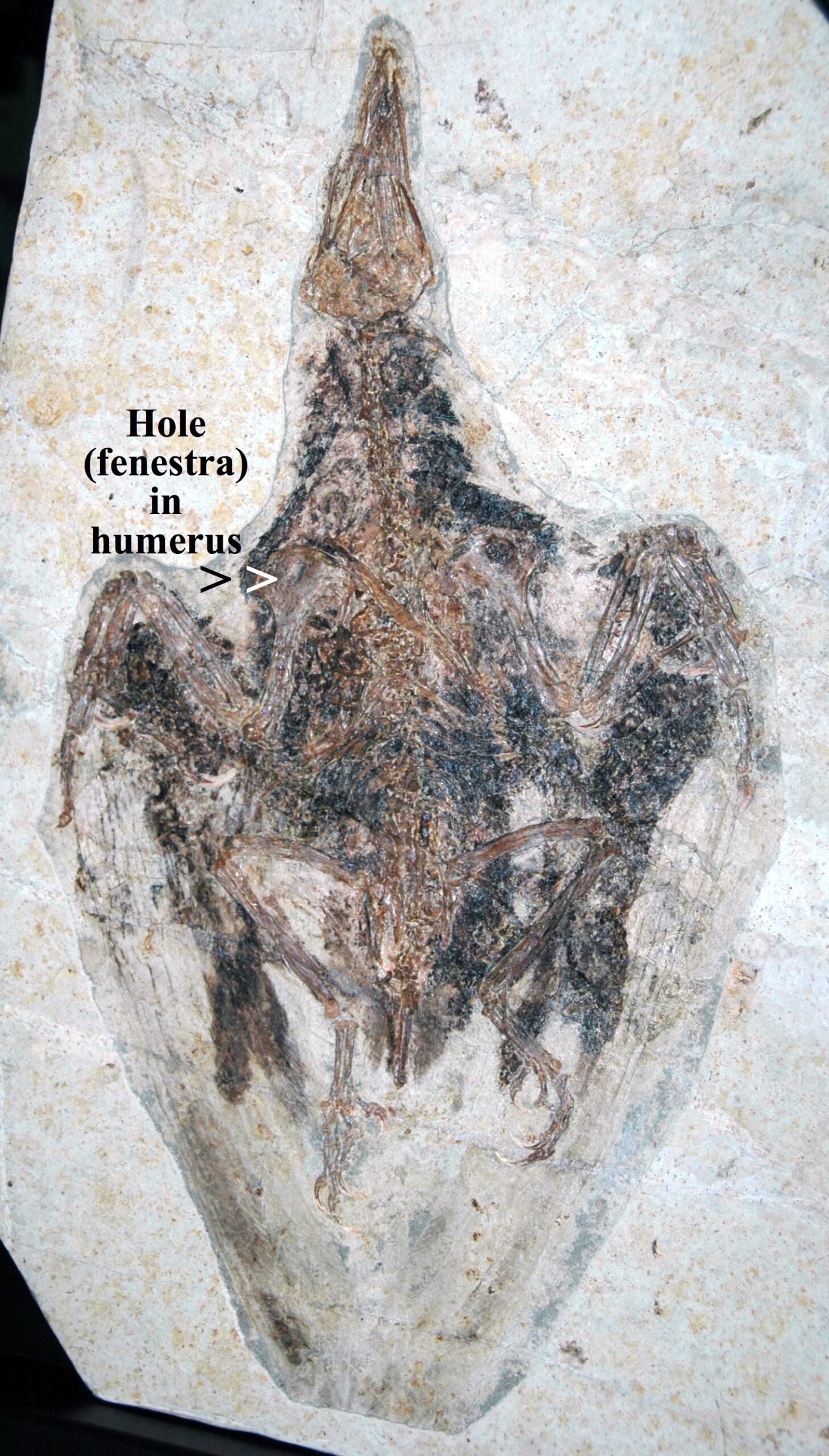
Liaoning doesn’t stand alone, and that’s part of its strength; its insights echo alongside older treasures like Germany’s Solnhofen limestones and newer finds from Brazil’s Crato and North America’s Green River. Together, these sites form a comparative network where preservation styles and ecosystems cross-check each other’s stories. Liaoning’s feathered dinosaurs lend context to Archaeopteryx, while Jehol birds refine how we read flight features elsewhere. There’s also a human dimension: legal protections, careful site management, and ethical collecting now shape how fossils move from field to study, curbing illicit trade that once shadowed early finds. The global message is clear – exceptional fossils demand exceptional stewardship.
The Future Landscape
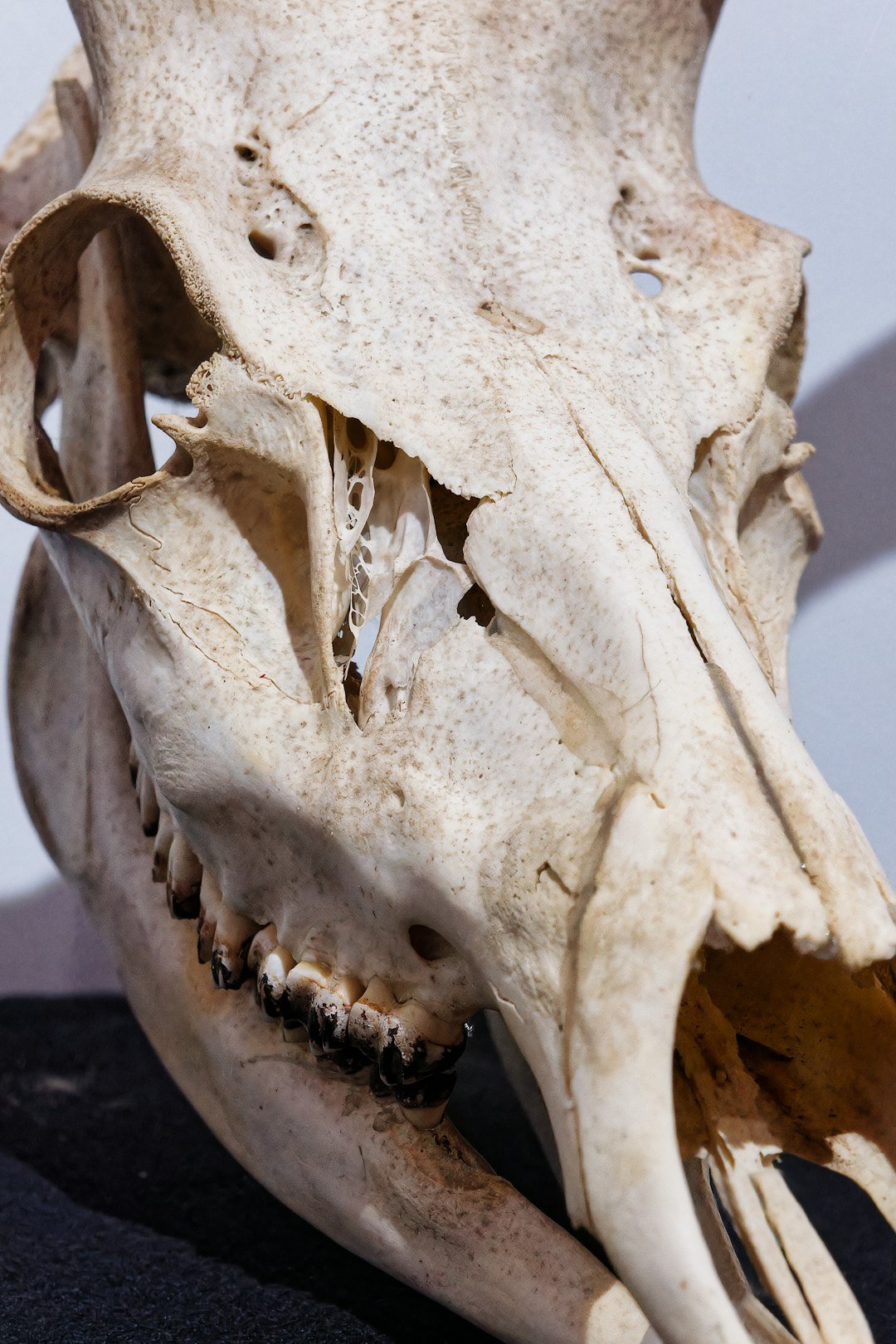
Next-generation imaging will keep squeezing secrets from Liaoning’s rocks, from nanoscale tomography to chemical maps that read like heat-vision for ancient tissues. Machine learning is entering the fold to spot subtle patterns in feather layout, growth lines, and taphonomic overprints that human eyes miss after the hundredth slab. Experimental aerodynamics with 3D-printed models and robotic wings will stress-test flight scenarios informed by fossil geometry rather than guesswork. On the ground, sustained funding, local training, and museum partnerships will determine whether future discoveries remain in-region for study and public display. The challenge is balancing access and protection so that research accelerates without eroding the very resource that makes it possible.
Conclusion
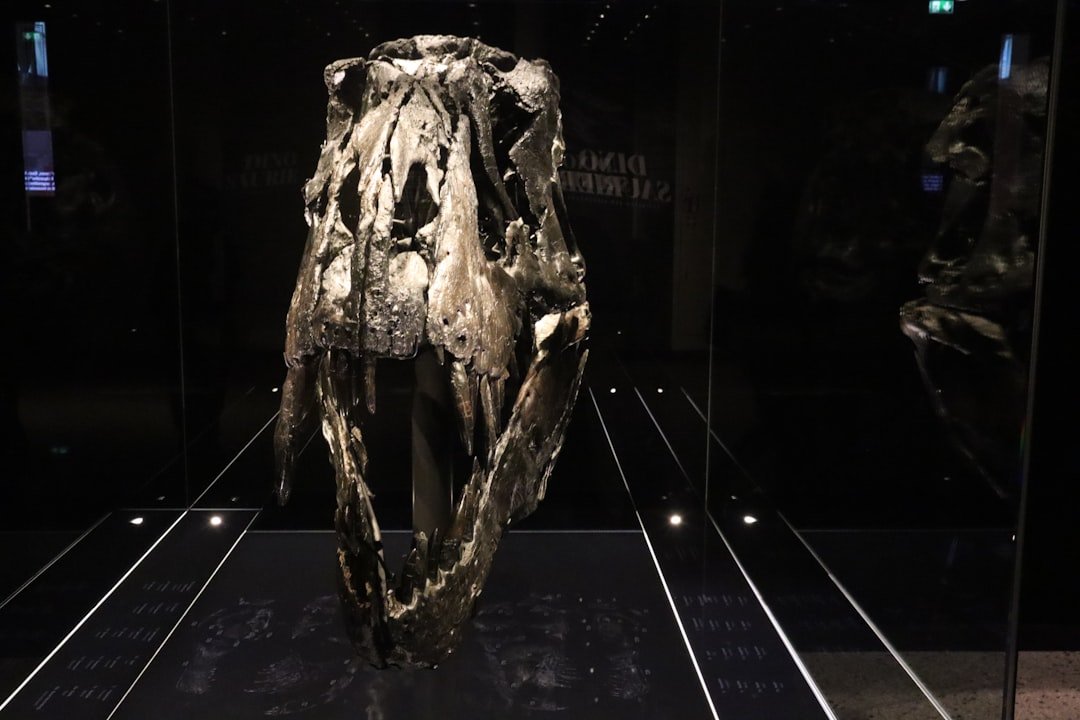
If Liaoning’s fossils moved you, there are easy ways to help keep the science honest and the discoveries coming. Support accredited museums and public collections that curate Jehol specimens, and resist buying fossils from unverified sources, no matter how tempting the price tag or the story. Follow field updates from recognized research institutions, share responsible science reporting, and encourage schools to use modern, evidence-based evolution curricula. If you travel, visit regional museums in northeastern China that showcase legally collected material, adding your voice – and your ticket stub – to local science economies. Small choices like these stitch together a culture where fossils illuminate the past without compromising the future.

Suhail Ahmed is a passionate digital professional and nature enthusiast with over 8 years of experience in content strategy, SEO, web development, and digital operations. Alongside his freelance journey, Suhail actively contributes to nature and wildlife platforms like Discover Wildlife, where he channels his curiosity for the planet into engaging, educational storytelling.
With a strong background in managing digital ecosystems — from ecommerce stores and WordPress websites to social media and automation — Suhail merges technical precision with creative insight. His content reflects a rare balance: SEO-friendly yet deeply human, data-informed yet emotionally resonant.
Driven by a love for discovery and storytelling, Suhail believes in using digital platforms to amplify causes that matter — especially those protecting Earth’s biodiversity and inspiring sustainable living. Whether he’s managing online projects or crafting wildlife content, his goal remains the same: to inform, inspire, and leave a positive digital footprint.



